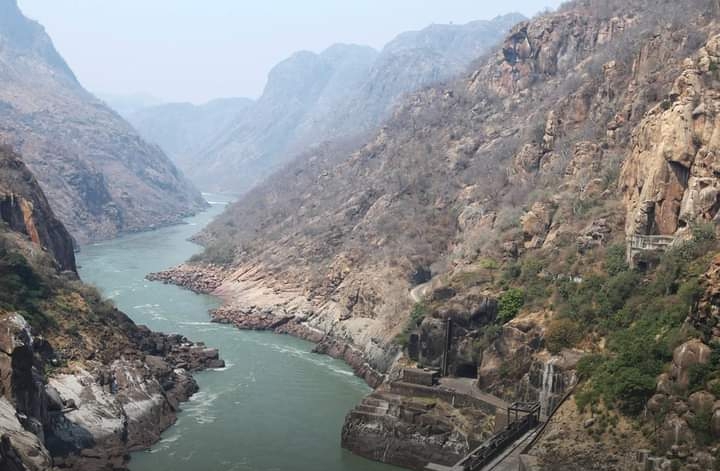At least five African countries are preparing to embark on a historic financial and environmental venture—the world’s first joint “debt-for-nature” swap.
This innovative initiative, supported by a global conservation group, seeks to raise over $2 billion to conserve a vital coral-rich ecosystem in the Indian Ocean. If successful, this project will set a precedent not only in Africa but globally, marking a pivotal moment in the fight against climate change and environmental degradation.
Debt-for-nature swaps are emerging as a powerful tool for financially struggling nations to fund conservation efforts. In these agreements, nations’ debt is bought and replaced with cheaper loans, freeing up funds that are then used to protect critical ecosystems.
Such swaps have been carried out by countries like Ecuador, Seychelles, Belize, Barbados, and Gabon. However, the African initiative is unique as it involves multiple countries sharing a single ecosystem, making it the first of its kind worldwide.
This initiative, first announced in 2021, has the backing of the U.S. and U.K. governments and is aimed at protecting and restoring 2 million hectares of ocean ecosystems by 2030. The targeted ecosystem is vital for biodiversity and sustains around 70 million people in coastal communities across these African nations.
The restoration and preservation of coral reefs, mangroves, and fish stocks could provide a lifeline for local communities whose livelihoods have been severely threatened by environmental degradation over the past few decades.
Kenya, Tanzania, and Mozambique have been particularly hard-hit by the loss of mangroves and coral reefs since the 1980s, which has affected fisheries and coastal tourism, two of their primary sources of income.
With rising sea levels and warming oceans exacerbating the situation, protecting these natural assets has become more urgent than ever. For these nations, a debt-for-nature swap provides a means to address the twin challenges of environmental collapse and economic pressure.
The regional approach to this debt-for-nature swap represents an innovative way to overcome longstanding disputes between countries regarding fishing rights, territorial waters, and financial contributions to conservation.
Historically, such issues have hindered large-scale environmental efforts. The hope is that this collaboration will attract investors, bolster regional cooperation, and serve as a model for other countries and regions facing similar challenges.
Financing for biodiversity conservation is expected to be a key topic at the upcoming global talks in Colombia in October 2024. These discussions follow the landmark agreement reached in 2022, in which countries pledged to protect 30% of the world’s land and sea by 2030.
With many nations facing significant debt, finding creative ways to fund these commitments has become crucial. The debt-for-nature swap proposal offers a radical yet practical solution for countries on the front lines of the climate crisis.
According to experts, many African nations spend up to 20% of their GDP on climate resilience measures, creating an urgent need for financial support from global partners. Conservation group leader Sberna emphasized the importance of radical solutions, noting that the stakes are higher than ever as countries grapple with increasing debt and environmental deterioration.
Whether the African bloc will become the first to complete a joint debt-for-nature swap remains to be seen. Caribbean nations, which also face severe coral reef degradation, are reportedly considering similar initiatives. Whichever group moves faster will not only secure much-needed financial relief but also take a critical step toward global biodiversity preservation.
This African debt-for-nature swap initiative has the potential to catalyze a broader movement, inspiring other regions to take similar steps in addressing both debt and environmental conservation. If successful, it will demonstrate how countries can work together to balance economic needs with urgent environmental responsibilities, offering a blueprint for sustainable development in the face of a global climate crisis.




